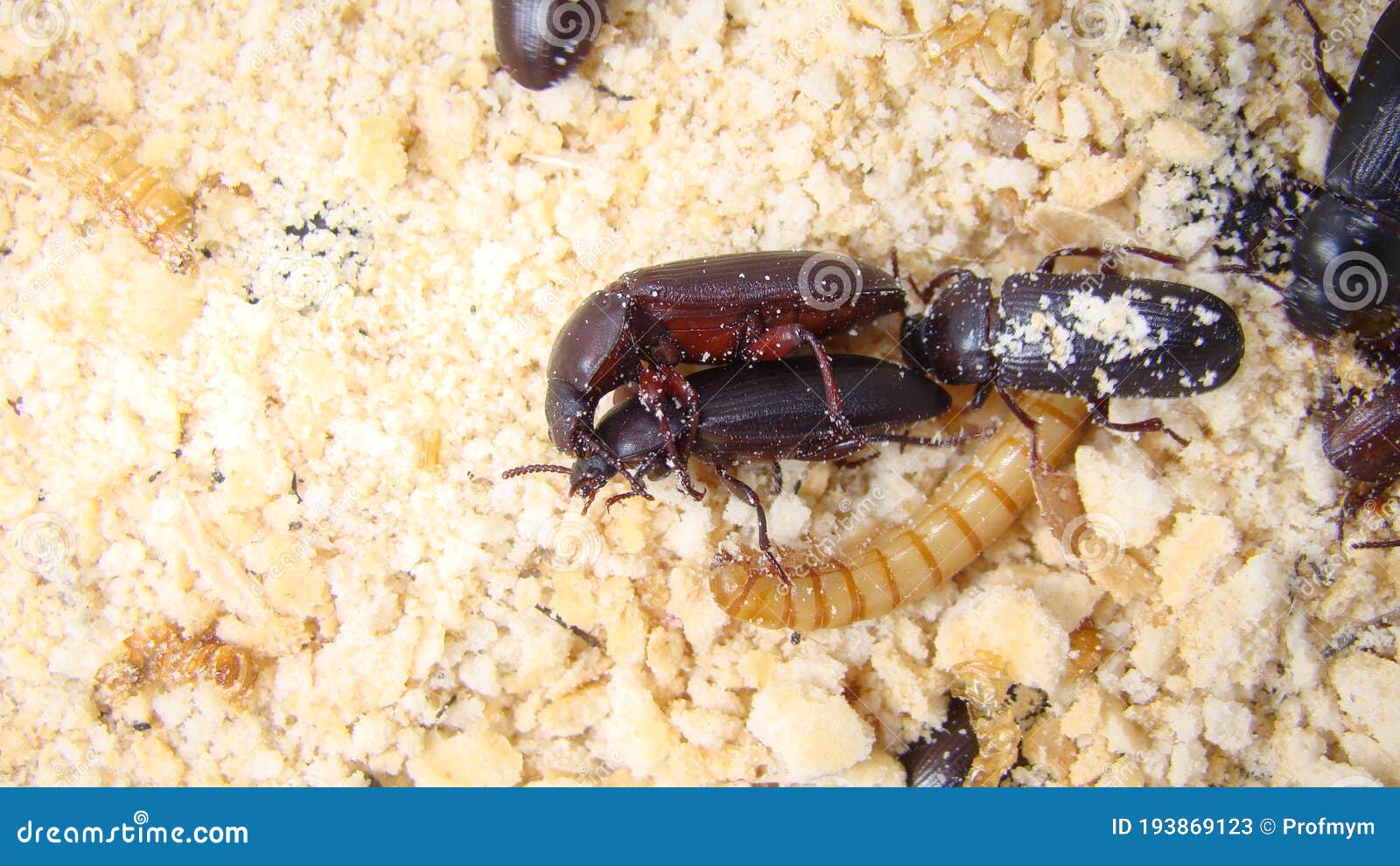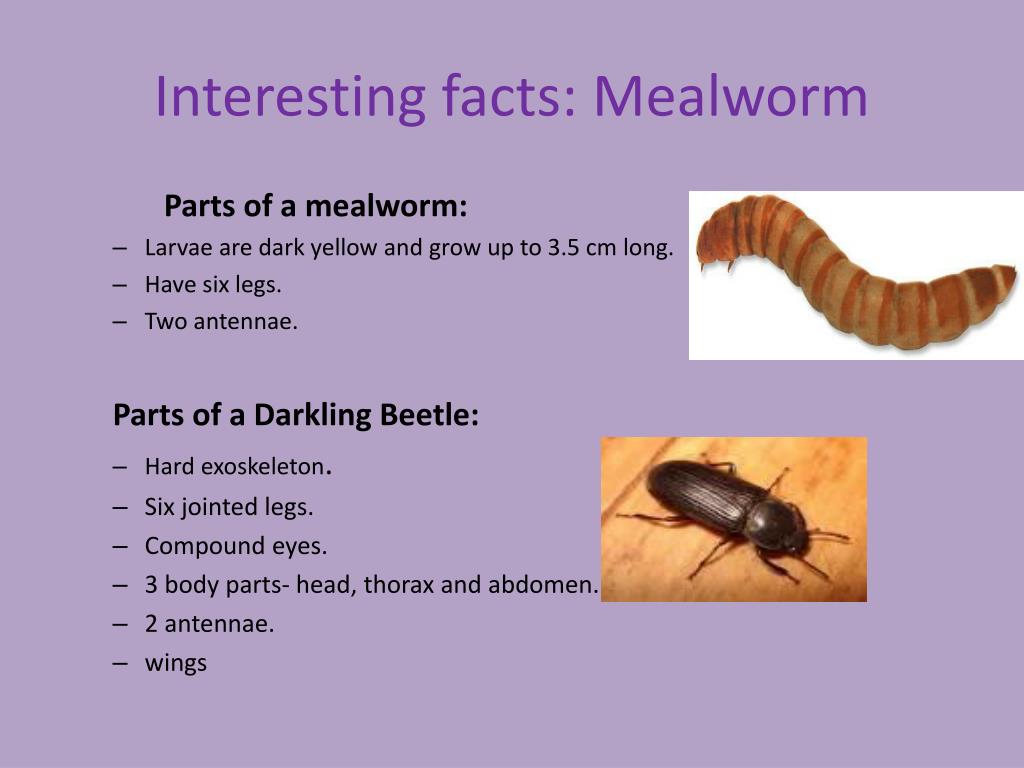

It’s easy to get your hands on mealworms, they are most commonly found at your local pet shop The mealworm set up They are a very low maintenance pet. See how to keep them below.We love getting hands on! Make sure you wash your hands after touching them though. The pupa and adult beetle can be handled to. Holding a heap of wriggling and jiggling mealworms in your hand, between your fingers is nothing you’ve ever felt before and most children love it. Mealworms can be safely handled during all life stages (except as eggs) and provide a great sensory activity for children.It only takes two to three months for the mealworms to go through the full cycle so it’s a perfect opportunity to introduce life cycles and metamorphosis to children.


Mealworms go through four life stages: egg, larvae, pupa and adult.Why keep Mealworms as Pets?Ī meal worm set-up isn’t just for your average household, they are perfect for classrooms too! There are lots of positive reasons why mealworms make great pets. You may also have seen them featured on fear factor shows, where an unsuspecting person was required to put their head into a bucket of squirming mealworm larvae to win the major prize.

They’re more typically known and used as a food source for reptiles, birds and captive mammals. The larvae can measure from 1.5 cm while young and usually grow to around 2.5 cm at their largest state. Mealworms are the larval stage of a black beetle, Tenebrio molitor, a species of darkling beetle. Kids especially adore that they wriggle and jiggle in their hands What are mealworms? I understand they may not be quite appealing for many parents but children love the opportunity to keep mealworms as pets. It may appear that I’m suggesting you keep maggots as pets (mealworms do look quite similar) but mealworms are quite different, provide educational value, are harmless and they’re super fun to play with!


 0 kommentar(er)
0 kommentar(er)
